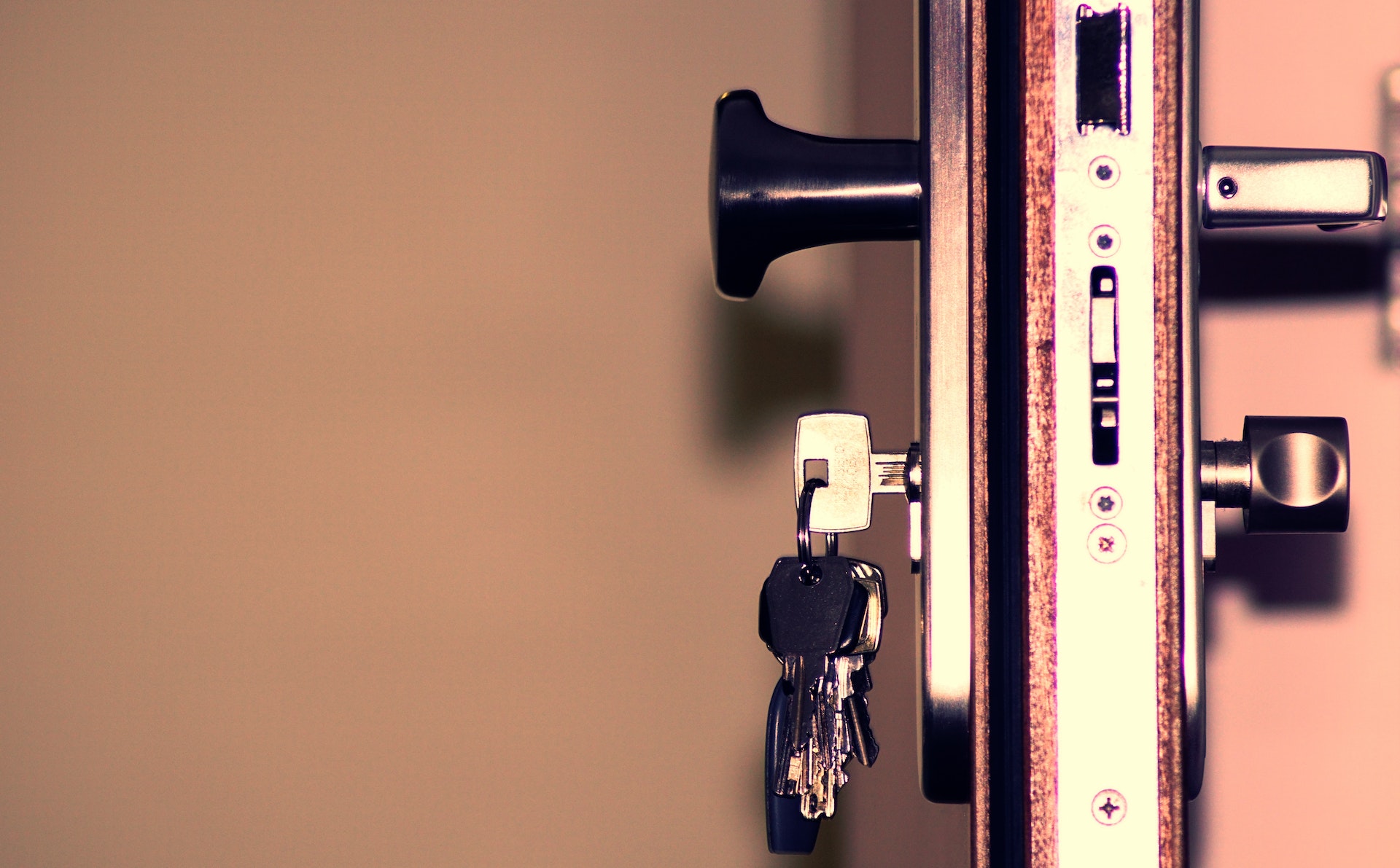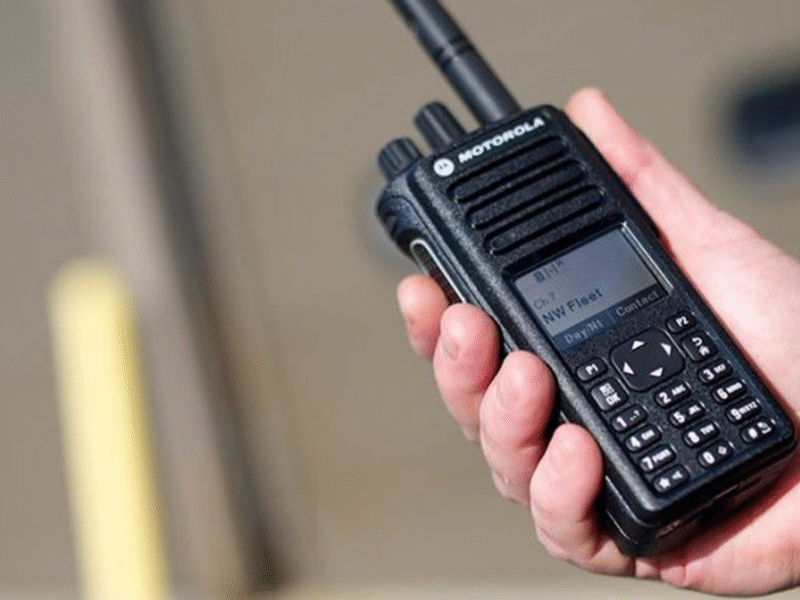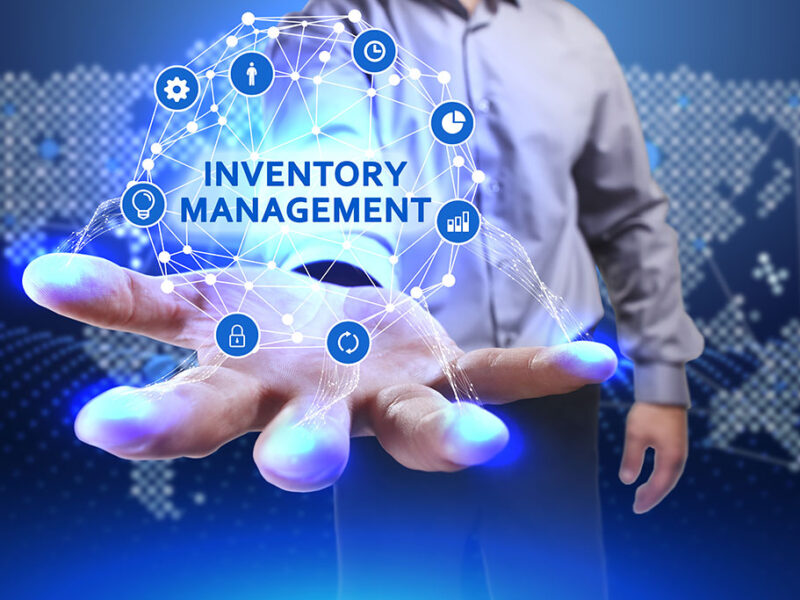Access control systems are designed to improve security in commercial and municipal buildings. They offer security personnel the means to monitor and control‚ access to different parts of buildings from centralized locations. While this might sound straightforward, modern access control systems have multiple essential components. They include the following.
Access Cards
With the exception of state-of-the-art biometric monitoring systems, all access control systems require personnel to carry access cards. These cards can be thought of as keys that can be updated frequently, and often remotely, as employee and visitor credentials change.

Card Readers
Card readers are detecting digital information on access cards to determine whether access should be granted or denied. Some types of card readers require inserting the card, while others use swipes. Most modern card readers use proximity sensors to determine whether everyone entering an area is authorized to do so without requiring employees to pull out their access cards at each door.
Electronic Locks
The electronic lock hardware is what actually prevents unauthorized individuals from accessing restricted areas of a building while also allowing authorized personnel to enter. When an authorized person swipes an access card, the electronic lock will temporarily release and provide access to the individual. Once the door closes, it will be electronically locked again automatically. Electronic locks also allow security officers to grant temporary access remotely.
Alarm Systems
In most cases, fire, burglary, and intruder alarms are integrated with a building’s access control system. Alarm systems draw the attention of security personnel and deter would-be intruders, and integrated fire alarms keep everyone safe by temporarily turning off electronic locks that could impede easy access to exits.
Surveillance Systems
Like alarm systems, video surveillance systems are typically used with broader access control systems. In most cases, these cameras transmit video data wirelessly via protected networks to a centralized location. The video feeds are accessible to security personnel and are often recorded automatically to provide evidence in the unlikely event that unauthorized access occurs somewhere within the building.
Access Control Software
Arguably the most important component of an access control system is the software that manages it. It’s very important for security teams to have access to effective software options with good user interfaces, and, even more crucially, excellent cybersecurity features. An access control system is only as strong as its weakest link, and ineffective cybersecurity can create a nightmare for personnel.
Internal Servers
The servers that are used to program access control systems and record activities are usually found on-site, although cloud-based alternatives are available. There is typically one server per system, and it usually includes databases and file managers as well as storage for video surveillance and other data.
For businesses that handle sensitive data or use extremely valuable equipment, every link in an access control system must be carefully monitored. In-house audits should be performed frequently to ensure that there are no weak points either in terms of in-person equipment or cybersecurity. Working with reputable equipment and service providers to prevent issues is a must.



